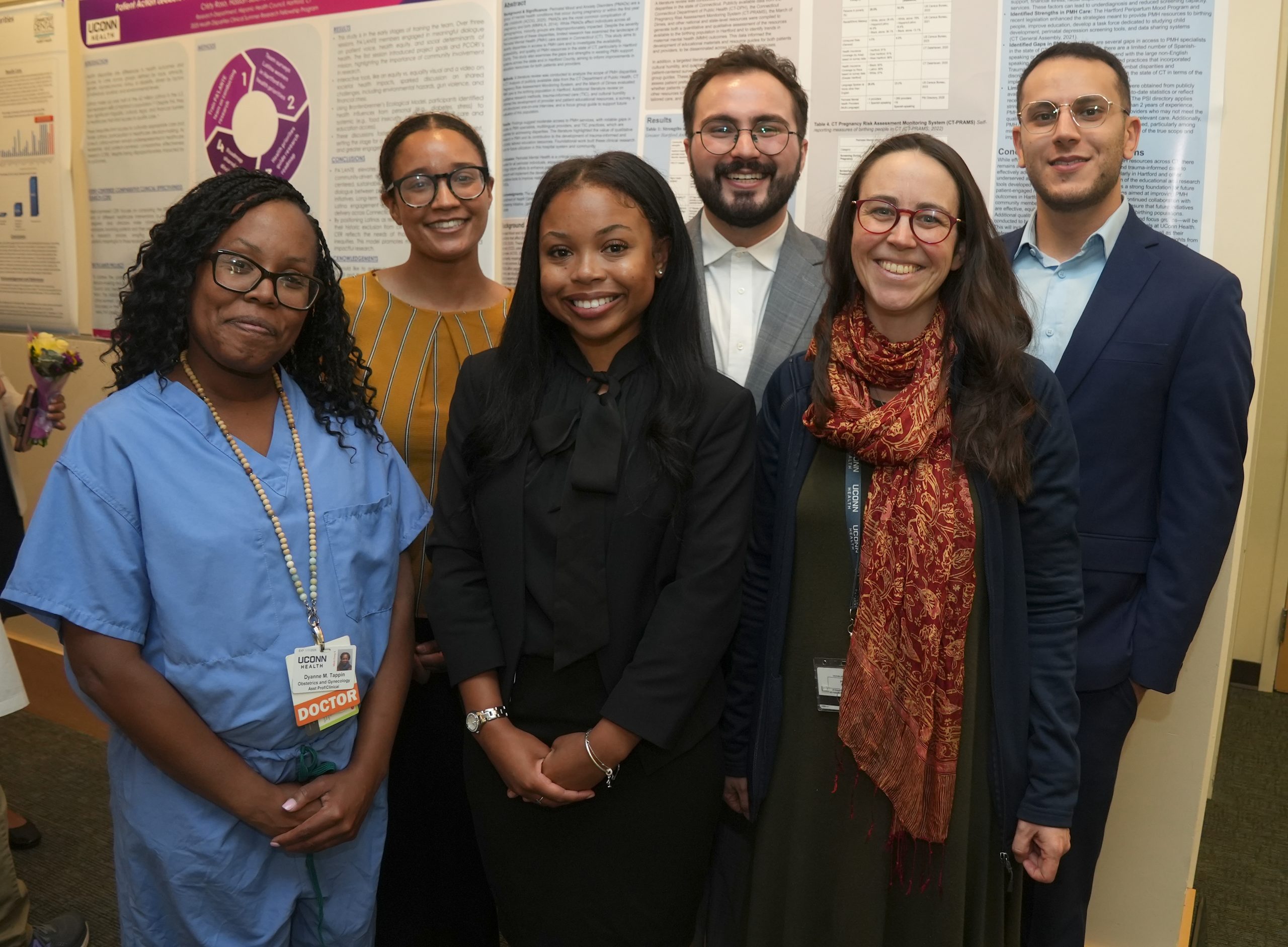
Medical professionals know that one of the most important steps in treating a patient is assessing their symptoms and their pain: doctors and nurses can only treat a patient if they know what needs treating.
But assessing someone’s pain is not as simple as asking them what’s wrong: how a question is presented to a patient, and what words are used, can lead to either a flood of helpful information or a trickle of one-word responses and dead-ends.
Deborah McDonald, an associate professor in UConn’s School of Nursing, recently looked at the role that the phrasing of a question might have in influencing a patient’s response. The experiment focused on word choice and the phrasing of questions relating to patient pain.
McDonald said that proper wording of questions is especially important when dealing with older patients. “Phrasing of pain questions significantly impacts the amount of important pain information provided by older adults,” says McDonald in a study recently published in the Journal of Pain and Symptom Management.
Some words hold different meanings for different people. This may be especially true for older adults and the use of the word “pain,” says McDonald. Using alternate wording can help a patient better understand the questions they are being asked. Instead of using only the word “pain,” a doctor or nurse may need to combine several synonyms, such as “pain, aches, soreness, or discomfort,” in order to adequately get the question across to the patient.
In a related study, McDonald found that doctors and nurses also should refrain from interrupting patients when they are communicating information about their pain. In that study, interrupted patients tended to communicate less important pain information than those patients who were allowed to speak without interruption.
“Our study has found that older patients will describe a good amount of information regarding their pain,” McDonald says. “They simply need to be given the opportunity to do so.”
In her phrasing study, McDonald looked at three types of questions: open-ended questions without social desirability bias, close-ended questions without social desirability bias, and open-ended questions with social desirability bias.
Social desirability bias refers to the way people tend to answer socially-oriented questions. These questions cause people to respond in the way they think we want them to respond. The study shows that these kinds of questions encourage patients to suppress their pain concerns, and this can hinder a doctor’s ability to effectively treat patients.
“Social desirability bias encourages people to respond in ways that are likely to gain approval,” says McDonald. “It has been recognized in psychology for years as a serious problem because it introduces error in psychological measures.
“So when we say, ‘How are you today?’ or ‘How are you feeling?’ most people think that we are asking a social question, and they give a knee-jerk response along the lines of ‘I’m fine.’ That sort of question is not appropriate in the healthcare setting and should be avoided,” maintains McDonald.
The study also showed that open-ended questions are preferable to close-ended questions when asking patients about pain because they allow patients more freedom in answering a doctor’s questions.
The question “Tell me about your pain, aches, soreness, or discomfort,” resulted in significantly more pain information than the close-ended question, “What would you rate your pain, aches, soreness, or discomfort on a scale of 0 to 10, with 0 being no pain and 10 the worst possible pain?”
Pain scales force patients to describe only one aspect of pain, says McDonald. While an important diagnostic tool, physicians should avoid beginning a pain discussion with the use of pain scales, as they can limit the amount of important feedback that patients give. Pain has many facets, and patients do best when they feel free to discuss their concerns in an open manner, she adds.
Further research is needed to determine how factors such as age, race, gender, language, and chronic conditions of pain may affect patient feedback, but McDonald recommends that practitioners integrate these techniques into their practice immediately.


